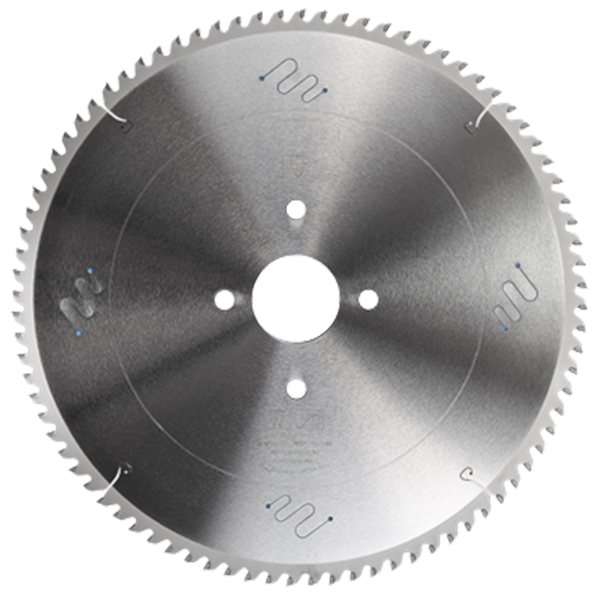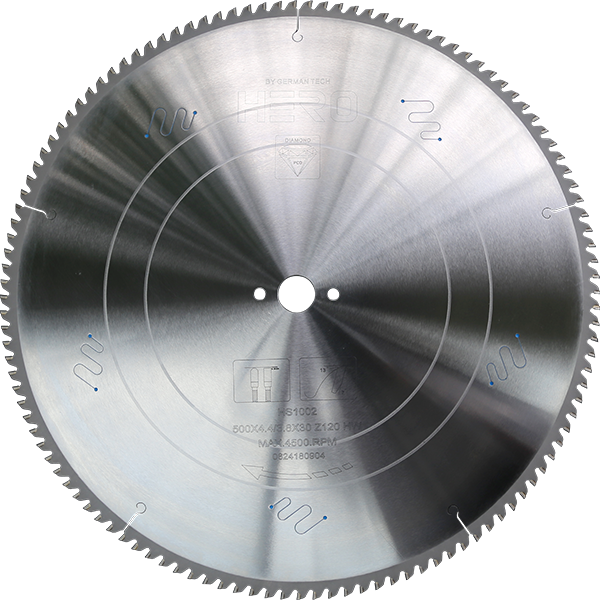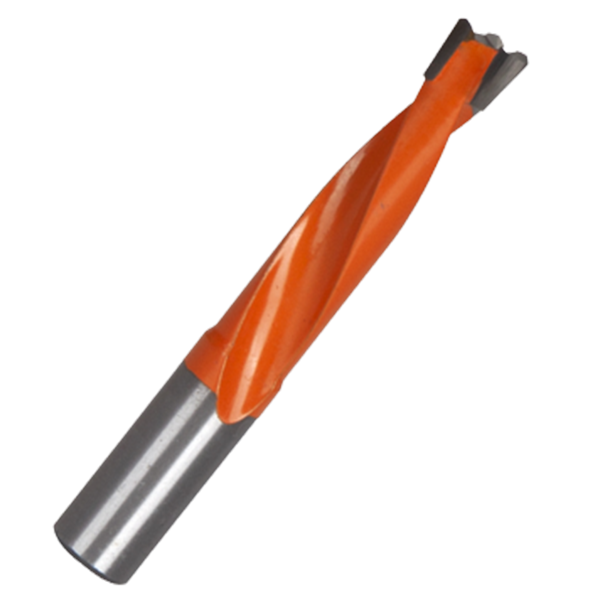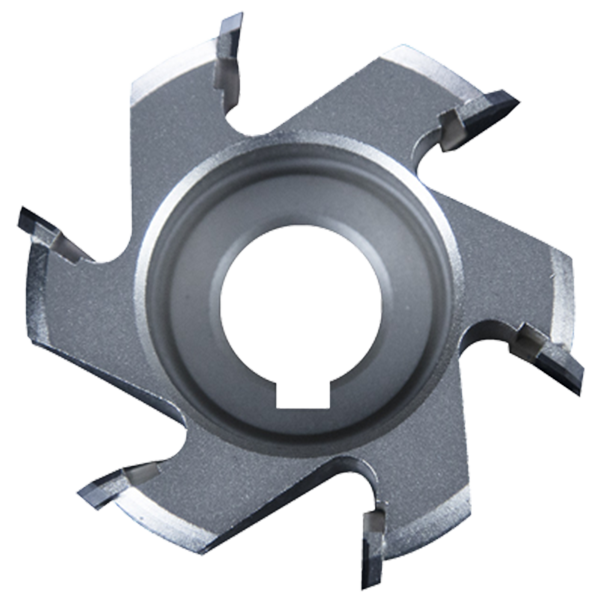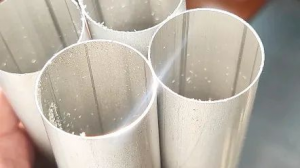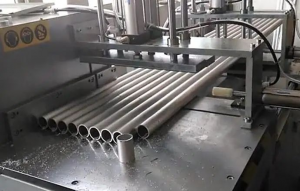How to Use Saw Blade to Cut Thin Wall Aluminum Pipe?
Cutting thin-walled aluminum tubing can be a challenging task, especially if your goal is a precise and clean surface. The process requires not only the right tools, but also an in-depth understanding of the materials and cutting techniques. In this comprehensive guide, we’ll cover everything you need to know about how to properly cut aluminium sheets and plates, dive into the key details you need to consider when using a saw blade to cut thin-walled aluminum tubing. In this blog,we’ll help you achieve the best results while ensuring safety and efficiency.
What are Thin-Walled Aluminum Tubes?
Before diving into the cutting process, it’s important to understand the material you’re working with. As the name suggests, thin-walled aluminum tubes are essentially aluminum tubes with a relatively thin wall compared to their diameter. This wall thickness can range from a fraction of a millimeter to a few millimeters, depending on the intended application.
It features a high strength-to-weight ratio, excellent thermal and electrical conductivity, and corrosion resistance. It is widely used in industries such as construction, manufacturing and home improvement.
These tubes are typically manufactured through two main methods:
1.Extrusion: Molten aluminum is forced through a die with the desired tube profile, creating a seamless tube with a consistent wall thickness.
2.Drawing: Pre-existing aluminum tubes are drawn through progressively smaller dies, thinning the walls and achieving the desired diameter and wall thickness.
Saw Blade Selection
Select the appropriate cutting tool: According to the diameter and wall thickness of the aluminum tube, select the appropriate cutting tool to obtain the best cutting effect.The saw blade is the most critical component in the cutting process. Choosing the right blade is important because you want to produce the cleanest cut possible on metal, without requiring excessive cleanup, can significantly improve cut quality and overall operating efficiency.
Saw blade type
When selecting a blade, consider the Cutting Materials’s thickness since the tooth count on the blade should correspond to the material’s thickness for optimal cutting. The blade’s packaging typically indicates the suitable material and thickness.
-
Carbide Blades: These blades are known for their durability and ability to stay sharp for a long time.They differ from wood-cutting blades in material and design to handle the hardness and characteristics of metal. Due to their wear and heat resistance, they are ideal for cutting aluminum, lasting up to 10 times longer than regular steel blades. -
High Speed Steel (HSS) Blades: While not as durable as carbide blades, HSS blades are more affordable and can still provide a clean cut if used correctly. -
Diamond Blades: These blades are typically used for cutting harder materials, but can effectively cut aluminum if a high-quality finish is required.
Blade specifications
-
Tooth Count: A higher tooth count usually results in a smoother cut. For thin-walled aluminum pipes, a blade with 80 to 100 teeth is recommended. -
Tooth Profile: Alternate Top Bevel (ATB) and Three Blade Ground (TCG) tooth profiles are very effective for cutting aluminum. ATB blades provide cleaner cuts, while TCG blades are more durable. -
Blade Diameter: The diameter of the blade should match the size of the cutting machine. Common diameters range from 10 to 14 inches.
Precautions When Cutting Aluminum Pipes:
Safety should always come first when cutting aluminum pipe. Here are some important safety tips:
-
Wear protective gear: Aluminum cutting produces sharp chips and loud noise. during cutting, wear goggles, earplugs, and appropriate work gloves to protect yourself. -
Machine Guards: Make sure all machine guards are in place and functioning properly. Use a vise or clamp to secure the pipe securely. Movement during cutting can cause inaccurate cuts and present a safety hazard.Never operate the saw without guards. -
CLEAN: Remove any dirt, oil, or debris from the pipes. Contaminants can affect the cutting process and the life of the saw blade. -
Measuring and Marking: Use a ruler and marking tool to take accurate measurements and marks on the aluminum tubing to ensure proper cut placement. -
Securely fixed: Before cutting, make sure the aluminum tube is firmly fixed on the workbench to prevent it from slipping or wobbling. -
Slow and Steady Cut: Don’t rush the cut, maintain a steady force and speed.Maintain a consistent and moderate feed rate. Pushing too hard can cause the tube to deform, while feeding too slowly can cause excessive heat buildup. -
Deburring: After cutting, use a deburring tool or sandpaper to remove burrs from the edges. This ensures a clean surface and prevents injury. -
Ventilation: Cutting aluminum will produce fine dust. Make sure your workspace is well ventilated or use a dust collection system.
Cutting Tips
-
Blade Height: Adjust the blade height so that it is slightly higher than the thickness of the pipe. This minimizes the risk of the blade getting stuck or developing excessive burrs. -
Blade Speed: Aluminum requires higher cutting speeds compared to other metals. Make sure your saw is set to the appropriate speed, usually between 3,000 and 6,000 RPM.
Frequently Asked Questions
Even with the best preparation and technique, you may encounter some problems. Here are common problems and their solutions:
-
Burrs: If you find excessive burrs, check the blade’s sharpness and number of teeth. A dull blade or incorrect tooth geometry can cause burrs. -
Deformation: If the pipe deforms during cutting, make sure it is clamped securely and the correct feed rate is used. -
Blade Stuck: Blade jam may occur if the blade height is set incorrectly or if the feed rate is too aggressive. Adjust these settings accordingly.
Saw blade maintenance
Properly maintaining your saw blade will extend its life and ensure consistent cut quality. Here are some maintenance tips:
-
CLEAN: Clean the saw blade regularly to remove aluminum buildup. Use blade cleaner or a mixture of water and mild detergent. -
SHARPENING: Sharpen the blade regularly to maintain its cutting efficiency. Professional sharpening services ensure that correct tooth geometry is maintained. -
Storage: Store the saw blade in a dry, cool place. Use a blade guard to prevent damage to your teeth.
For more detailed information on maintaining saw blades, please read our blog How to tell when your saw blade is dull and what you can do if it is?
in conclusion
Using a saw blade to cut thin-walled aluminum pipe requires careful consideration of a variety of factors, from choosing the right saw blade to using the correct cutting technique. By understanding the material, properly preparing the pipe, and following best practices, you can achieve precise, clean cuts. Ensuring safety and quality requires the right tools and methods. Choosing the right cutting tool, wearing protective gear, securing the workpiece securely, and paying attention to measuring and cutting details are all key to a successful cut. By following the correct steps and precautions, you can easily complete your aluminum tube cutting task and get the desired results.
By paying attention to these details, you can master the art of cutting thin-walled aluminum tubing and improve the quality and efficiency of your project. Whether you’re a professional or a DIY enthusiast, this guide provides the insights you need to get the best results with your saw blades.
If you’re looking for high-quality thin-walled aluminum cutting saw blade, look no further than HERO. Contact us today to learn more about our services and how we can help you achieve your cutting goals.
Post time: Sep-24-2024








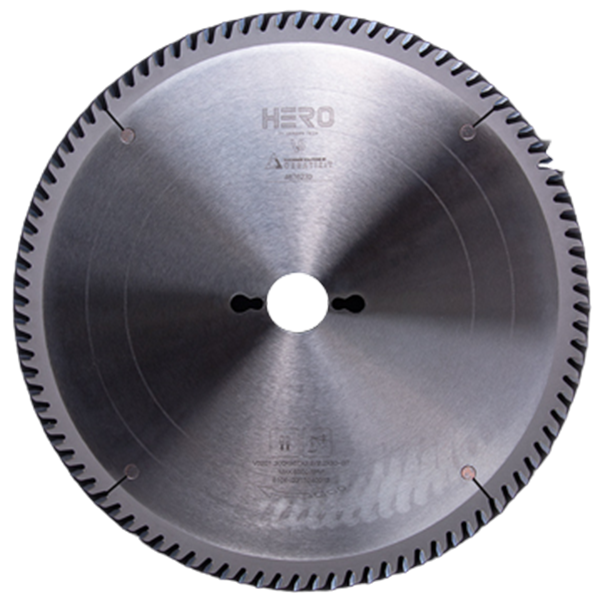 TCT Saw Blade
TCT Saw Blade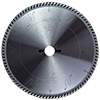 HERO Sizing Saw Blade
HERO Sizing Saw Blade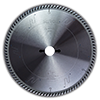 HERO Panel Sizing Saw
HERO Panel Sizing Saw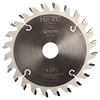 HERO Scoring Saw Blade
HERO Scoring Saw Blade HERO Solid Wood Saw Blade
HERO Solid Wood Saw Blade HERO Aluminum Saw
HERO Aluminum Saw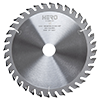 Grooving Saw
Grooving Saw Steel Profile Saw
Steel Profile Saw Edge Bander Saw
Edge Bander Saw Acrylic Saw
Acrylic Saw PCD Saw Blade
PCD Saw Blade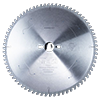 PCD Sizing Saw Blade
PCD Sizing Saw Blade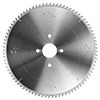 PCD Panel Sizing Saw
PCD Panel Sizing Saw PCD Scoring Saw Blade
PCD Scoring Saw Blade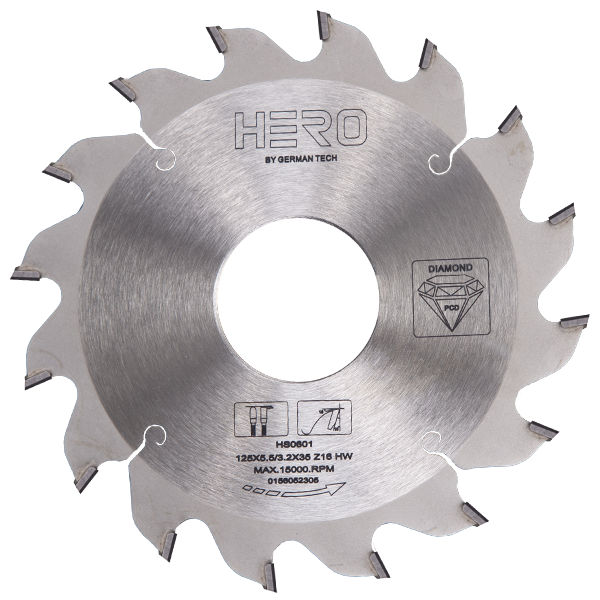 PCD Grooving Saw
PCD Grooving Saw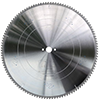 PCD Aluminum Saw
PCD Aluminum Saw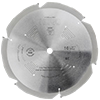 PCD Fiberboard Saw
PCD Fiberboard Saw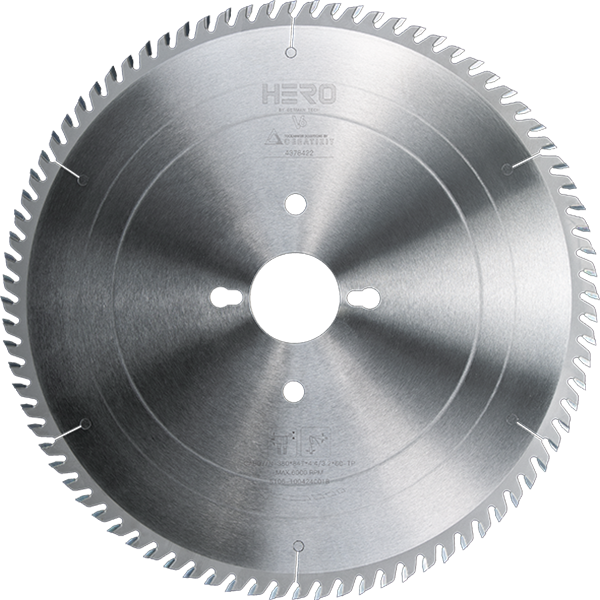 Cold Saw for Metal
Cold Saw for Metal Cold Saw Blade for Ferrous Metal
Cold Saw Blade for Ferrous Metal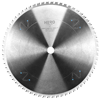 Dry Cut Saw Blade for Ferrous Metal
Dry Cut Saw Blade for Ferrous Metal Cold Saw Machine
Cold Saw Machine Drill Bits
Drill Bits Dowel Drill Bits
Dowel Drill Bits Through Drill Bits
Through Drill Bits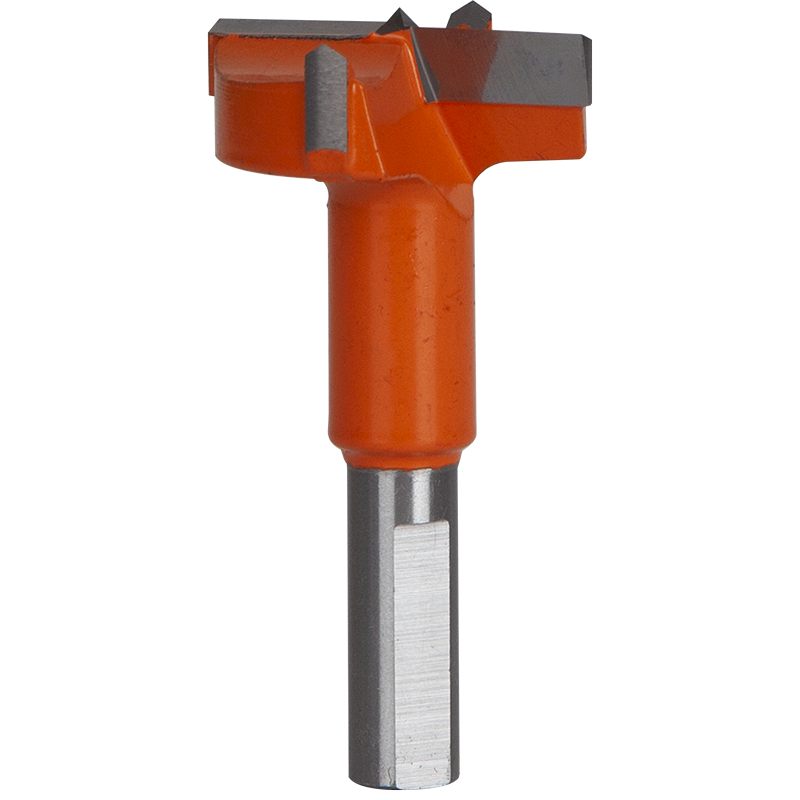 Hinge Drill Bits
Hinge Drill Bits TCT Step Drill Bits
TCT Step Drill Bits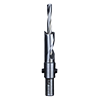 HSS Drill Bits/ Mortise Bits
HSS Drill Bits/ Mortise Bits Router Bits
Router Bits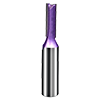 Straight Bits
Straight Bits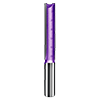 Longer Straight Bits
Longer Straight Bits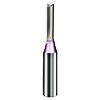 TCT Straight Bits
TCT Straight Bits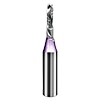 M16 Straight Bits
M16 Straight Bits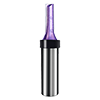 TCT X Straight Bits
TCT X Straight Bits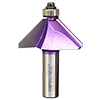 45 Degree Chamfer Bit
45 Degree Chamfer Bit Carving Bit
Carving Bit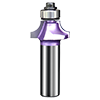 Corner Round Bit
Corner Round Bit PCD Router Bits
PCD Router Bits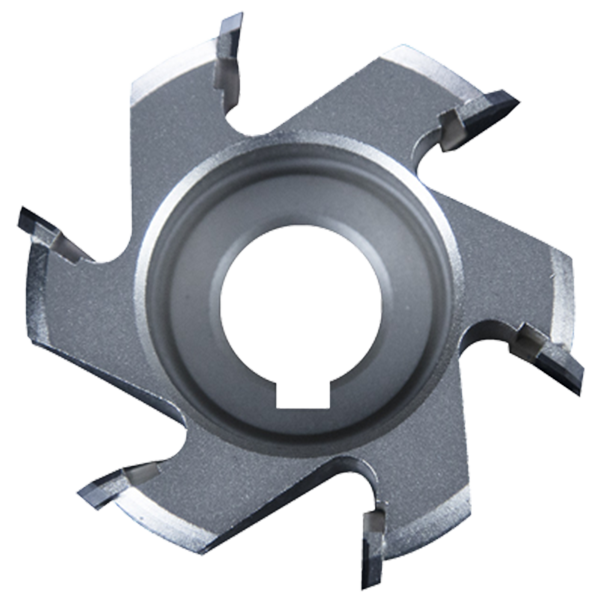 Edge Banding Tools
Edge Banding Tools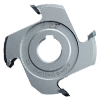 TCT Fine Trimming Cutter
TCT Fine Trimming Cutter TCT Pre Milling Cutter
TCT Pre Milling Cutter Edge Bander Saw
Edge Bander Saw PCD Fine Trimming Cutter
PCD Fine Trimming Cutter PCD Pre Milling Cutter
PCD Pre Milling Cutter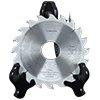 PCD Edge Bander Saw
PCD Edge Bander Saw Other Tools & Accessories
Other Tools & Accessories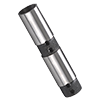 Drill Adapters
Drill Adapters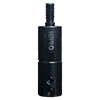 Drill Chucks
Drill Chucks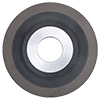 Diamond Sand Wheel
Diamond Sand Wheel Planer Knives
Planer Knives
